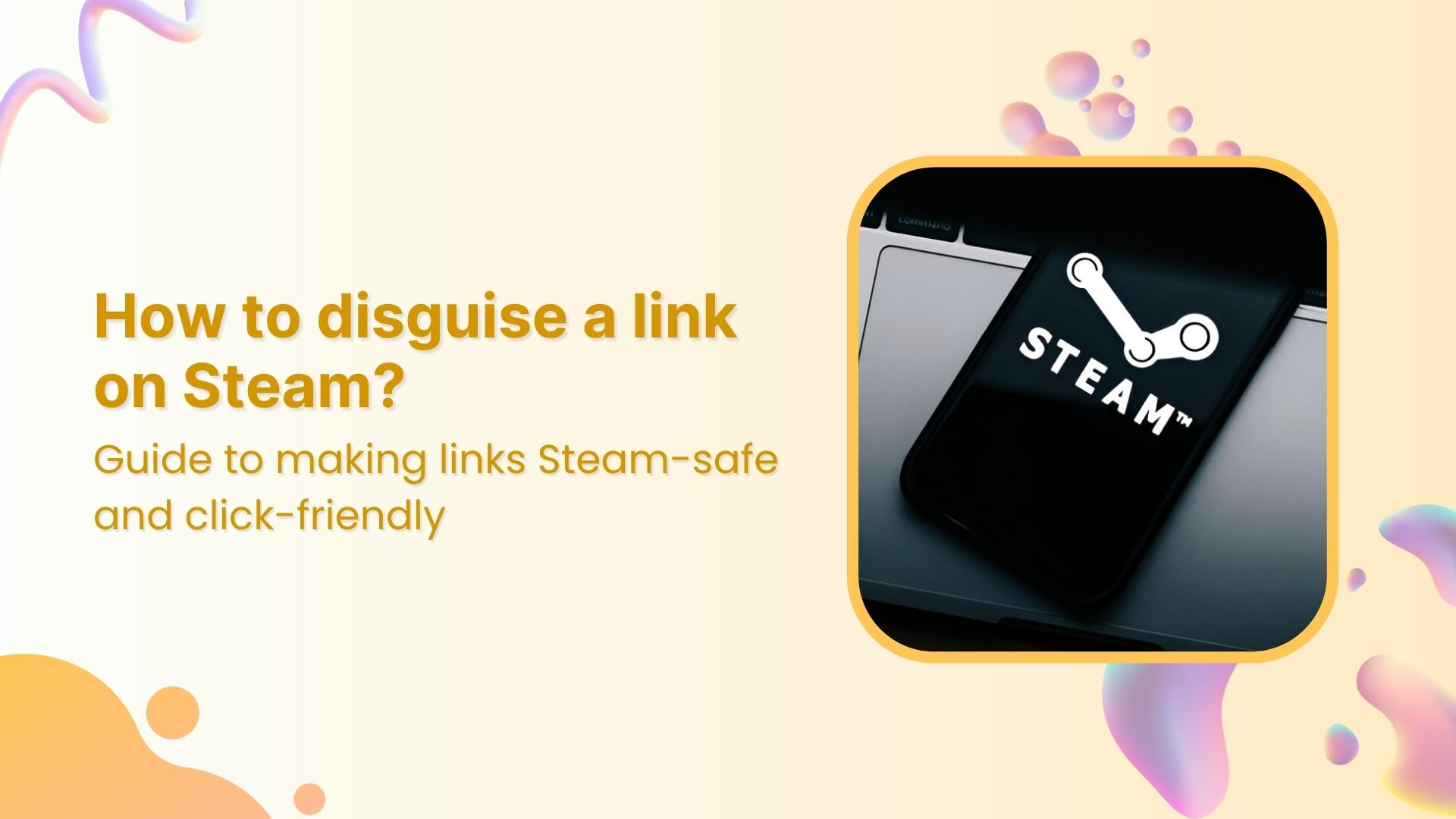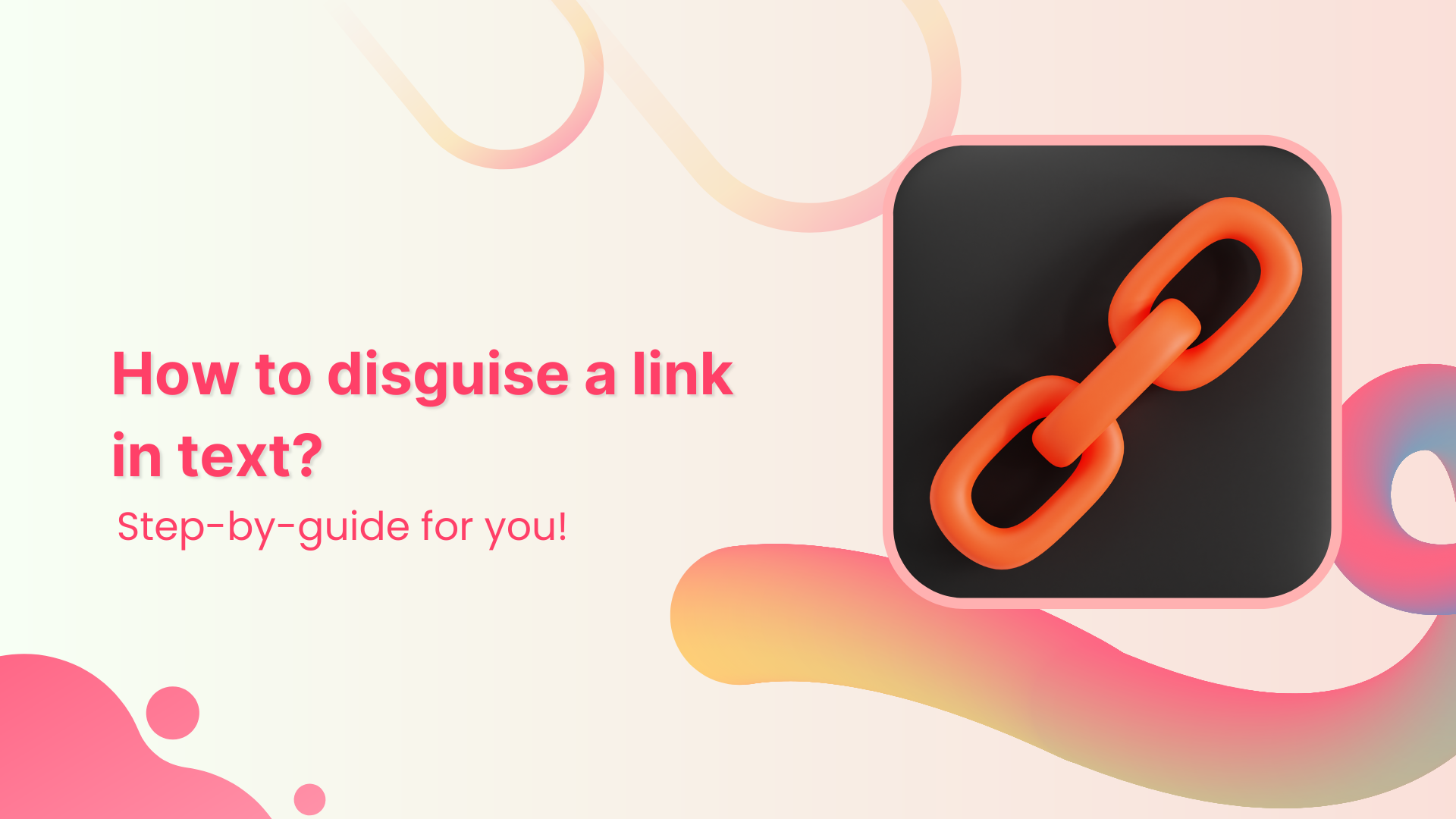Hey marketers, ever feel like you’re in a race against short attention spans? You’re not alone. With content flying left and right, telling a story that sticks can feel like a puzzle. But here’s the good news: we’ve got the pieces.
This guide is your roadmap to weaving a brand story that grabs attention and keeps your audience hooked. No complicated strategies – just 6 straightforward steps to turn your brand into a storytelling sensation. From knowing your audience to defining your brand values, we’re keeping it simple, engaging, and effective.
Ready to dive in? Let’s make your brand story the one everyone remembers.
What is a brand story?
A brand story is a narrative that communicates the values, mission, and identity of a brand in a way that resonates with its target audience. It goes beyond just the facts and features of a product or service, aiming to create a compelling and emotional connection with consumers.
A brand story typically includes elements such as the brand’s origin, its core values, the problems it solves, and the impact it aims to make. It often revolves around a central theme or message that helps differentiate the brand from its competitors and creates a memorable and authentic identity.
The Purpose:
The purpose of a brand story is to engage and connect with consumers on a deeper level, fostering brand loyalty and trust. Effective brand stories not only capture attention but also leave a lasting impression, making the brand more relatable and meaningful to its audience.
Link Management Made Easy
Your go to link management tool for CTAs, branded and bio links, QR Codes, tracking and retargeting.
Get Started for FREE!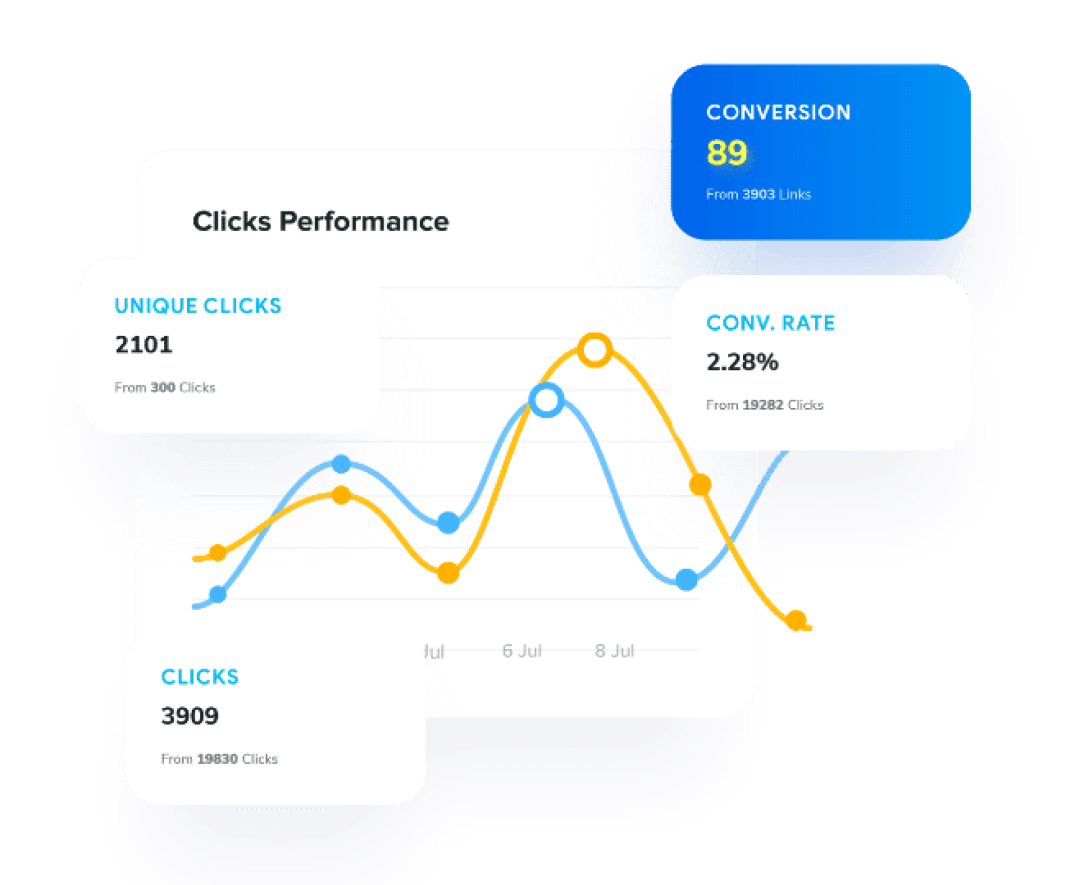
How to Tell Your Brand Story: 6 Simple Steps
Here are six steps we’ve outlined to help you kickstart the effective telling of your brand story.
1. Know your target audience: Understand the heart of your story
Knowing your audience isn’t just about demographics; it’s about understanding their aspirations, fears, and what keeps them up at night. Conduct surveys, engage in social listening, and gather feedback to uncover the nuances of your audience’s mindset. The more intimately you know them, the more accurately you can shape a story that resonates personally.
Pro tip: Create buyer personas to represent different segments of your audience. This will humanize your data and make it easier to tailor your story to specific needs and desires.
2. Communicate authentically and consistently: Build trust brick by brick
Authenticity is the secret sauce that makes your brand story memorable. Be honest about your brand’s journey, challenges, and triumphs. Inconsistencies breed distrust, so ensure that your messaging aligns across all platforms. Consistency not only establishes reliability but also reinforces your brand’s identity.
Pro tip: Use real stories from your team or customers in your brand narrative. Authentic testimonials and experiences add a genuine touch that resonates with your audience.
3. Get your audience’s attention: Craft a compelling hook
In a sea of information, capturing attention requires a compelling hook. Clearly articulate the unique value your brand brings and how it solves real problems. Leverage tools like branded links to not only customize your brand presence but also to gather insights into what content resonates most with your audience.
Pro tip: Start your brand story with a powerful anecdote or a surprising statistic to immediately grab attention. Make the audience curious about what comes next.
Branded Short Links
Create and track branded short links for your business for better conversions.
Brand Your Links Now!
4. Define your product offerings: Clarity builds credibility
A confused mind says no. Clearly define your products or services so that anyone, from a potential customer to a team member, can easily understand what you offer. This clarity not only simplifies your storytelling but also builds credibility and trust.
Pro tip: Create an “elevator pitch” – a concise and compelling summary of what your brand does and why it matters. Practice it until it feels natural.
5. Narrow your focus: Stand out by specializing
In a world of noise, being a jack-of-all-trades may dilute your brand message. Answer the critical questions: What makes you unique? What sets you apart? This focus not only helps in storytelling but also makes it easier for your audience to remember and relate to your brand.
Pro tip: Identify your niche and become an expert in it. When you narrow your focus, you become the go-to solution for a specific need, making your brand more memorable.
Also read: How to Increase Brand Awareness: 9 Best Strategies
6. Be human: Connect emotionally, build loyalty
People connect with people, not logos. Humanize your brand by engaging in genuine, empathetic conversations. Respond to feedback, show the faces behind your brand, and let your personality shine through. This human touch builds emotional connections that go beyond transactional relationships.
Pro tip: Use social media to showcase the human side of your brand. Share behind-the-scenes glimpses, employee stories, and customer testimonials to create a relatable and friendly image.
Link Management Made Easy
Your go to link management tool for CTAs, branded and bio links, QR Codes, tracking and retargeting.
Get Started for FREE!
4 best brand story examples to inspire you
Here are some of the best brand story examples that can inspire and guide your storytelling efforts:
1. Burt’s Bees: Transparency and consistency
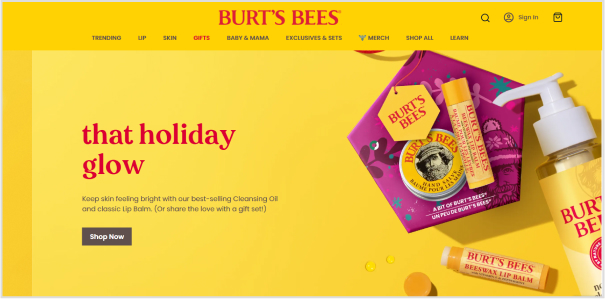
Burt’s Bees, a renowned skincare brand, stays true to its mission by emphasizing transparency in ingredient sourcing. The brand assures customers of the all-natural quality of its products, maintaining consistency since its inception. Incorporating visuals, such as co-founders’ photos, adds a relatable touch to the narrative, keeping the audience engaged.
2. Warby Parker: The affordable alternative

Warby Parker positions itself as an affordable alternative to high-end glasses brands. The brand’s story centers on relatability, addressing the common frustration of not affording quality eyewear. Highlighting humble origins, the narrative underscores Warby Parker’s mission to provide quality glasses without breaking the bank.
3. Zendesk Alternative: Adding humor to customer support
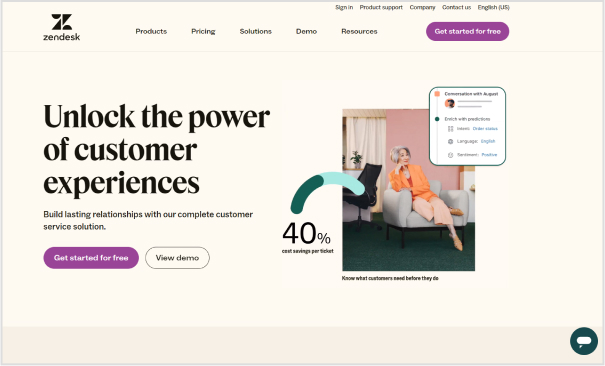
Zendesk, a customer support software, humanizes its brand through an entertaining approach. Introducing the Zendesk Alternative, the company uses a humorous video featuring a fictional indie rock band to emphasize the importance of customer service through a catchy jingle. This creative storytelling makes Zendesk more interesting and appealing.
4. Drift: Redefining conversational marketing
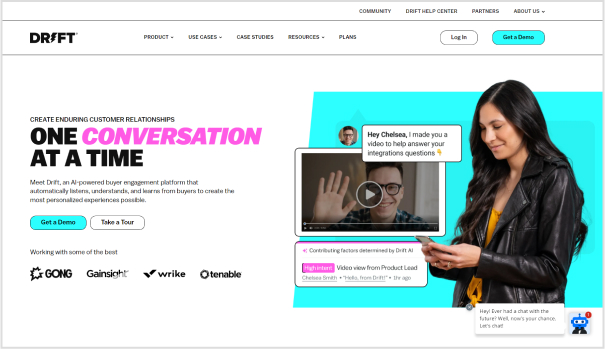
Drift, a conversational marketing platform, reshapes its brand story by aligning its product with its mission and values. By removing forms from its website and advocating for intelligent chatbots, Drift demonstrates the effectiveness of personalized interactions over traditional forms. This approach makes Drift more relatable and showcases its commitment to innovation.
Remember, a compelling brand story doesn’t have to be a fairy tale. It should encompass three essential elements: relatability, entertainment, and accuracy. Focus on building a narrative that showcases your company’s personality, growth, and how these factors contribute value to your audience.
Link Management Made Easy
Your go to link management tool for CTAs, branded and bio links, QR Codes, tracking and retargeting.
Get Started for FREE!
FAQs
What makes a brand story compelling?
A compelling brand story is characterized by authenticity, relatability, and a clear connection to the values of the brand. It should resonate with the target audience and evoke emotions.
How can I make my brand story more relatable?
To make your brand story relatable, focus on genuine storytelling that highlights real experiences and challenges. Incorporate visuals, testimonials, and personal anecdotes to humanize your brand.
Why is transparency important in a brand story?
Transparency builds trust with your audience. Being open about your brand’s values, sourcing practices, and mission enhances credibility and fosters a stronger connection with customers.
Should my brand story evolve over time?
Yes, your brand story can evolve as your business grows and changes. It should remain aligned with your core values but can adapt to reflect new milestones, achievements, or shifts in your brand identity.
You may also like:
URL Branding: Enhance Digital Brand Marketing with Replug
How to Create a Brand Identity: A Quick Guide
How to Increase Click-Through Rate (CTR) using Branded Links?
Learn the Art of Branding: 5 Best Branding Examples































